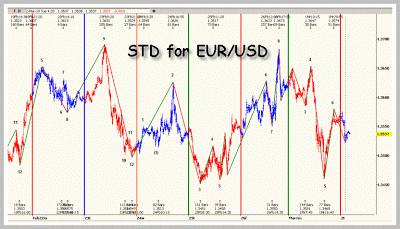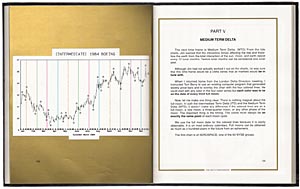

This level can be adjusted depending on the security’s pattern and the market’s underlying trend. A RSI surpasses the 30 level indicates a bullish sign, when it slides below 70 level, it’s a bearish sign. Traditionally, an asset is considered overbought or overvalued when the RSI is above 70 and oversold or undervalued when it is below 30. The RSI is most typically used on a 14-day period, measured on a scale from 0 to 100. Welles Wilder in his book “New Concepts in Technical Trading Systems.”, is a momentum oscillator that measures the speed and change of price movements. The Relative Strength Index (RSI), developed by J. GS Yuasa (STU:G9Y) 14-Day RSI Explanation Payments to Suppliers for Goods and Services.Other Cash Receipts from Operating Activities.Other Cash Payments from Operating Activities.Cash Received from Insurance Activities.Cash Receipts from Securities Related Activities.Cash Receipts from Operating Activities.Cash Receipts from Fees and Commissions.Cash Receipts from Deposits by Banks and Customers.Cash Payments for Deposits by Banks and Customers.Cash from Discontinued Operating Activities.Cash From Discontinued Investing Activities.Short-Term Debt & Capital Lease Obligation.Other Liabilities for Insurance Companies.Long-Term Debt & Capital Lease Obligation.Inventories, Raw Materials & Components.Cash, Cash Equivalents, Marketable Securities.

Balance Sheet Cash And Cash Equivalents.



 0 kommentar(er)
0 kommentar(er)
